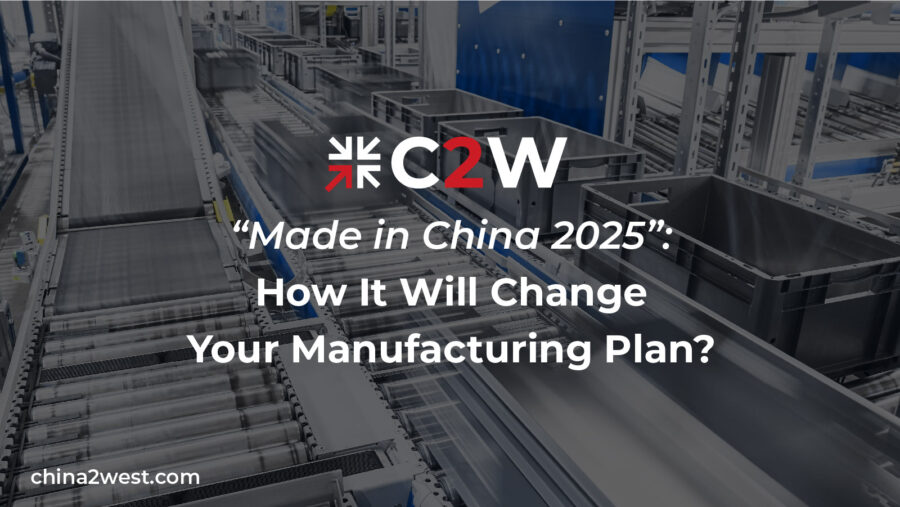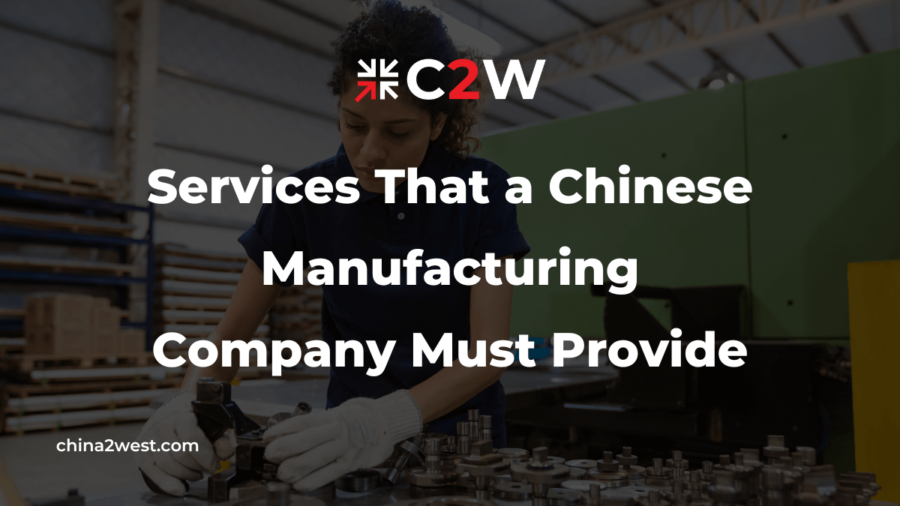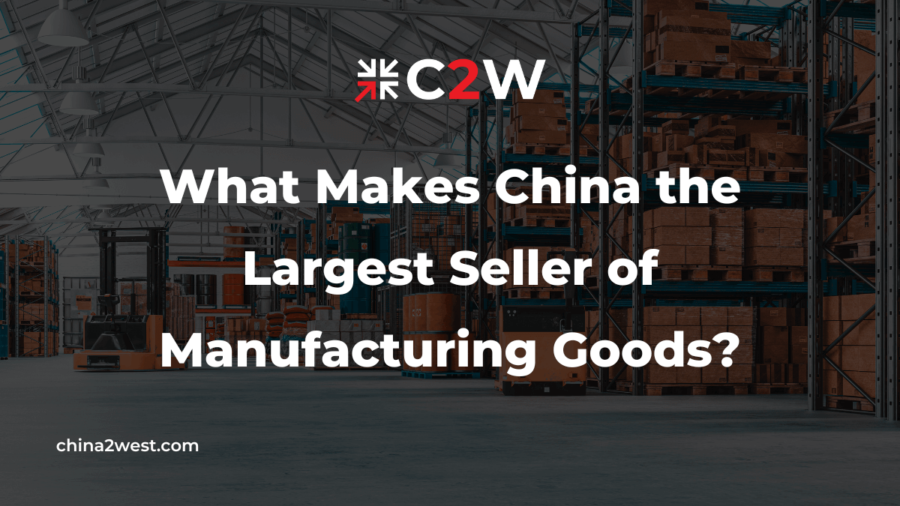The global manufacturing landscape is undergoing a significant transformation, and “Made in China 2025” (MIC 2025) is at the forefront of this revolution. As China shifts from being the world’s factory to becoming a leader in high-tech industries, manufacturing plans worldwide need to adapt. This ambitious initiative, launched by the Chinese government, aims to upgrade the country’s industrial capabilities, focusing on innovation, automation, and sustainability. Here’s how MIC 2025 will impact your manufacturing strategy.
What is “Made in China 2025”?
“MIC 2025” is an abbreviation for Made in China 2025, which is a national strategic plan and industrial policy to further develop the manufacturing sector issued by the Chinese Government in May 2015.
The strategy aims at closing the manufacturing gap between China and western countries by improving low-end mass production to world-leading high-tech products and services within 10 years.
The “Made in China 2025” Key Sectors:
The plan highlights 10 key prioritized industries including as follows:
- High-end computerized machines and robots
- New-generation information technology
- Aviation and aerospace equipment
- Maritime equipment and hi-tech ships
- Railway transport
- New energy and energy-saving vehicles
- Energy equipment
- Agricultural equipment
- New materials
- Biopharma and hi-tech medical devices
The Changes of Chinese Manufacturing:
China has made endless efforts to establish itself as the world’s biggest manufacturing superpower. In recent decades, we saw many changes in the Chinese manufacturing sector.
Prior to the new millennium, China are known as the “world factory” by selling inexpensive manufactured goods with low technological content. By that time, China relied on textiles and footwear at cheap prices to extend its export goal. After decades of infrastructure and technology improvement, the electrical devices began to burst in the export list from 2001. After then, China became an unignorable role in the international manufacturing industry.
In the past few years, with the encouragement of brand building by the government and the improvement of the innovation environment in China, there are a string of new players coming on the stage. Chinese domestic brands are dedicated to raising brand awareness and enhancing commercial services. As a result, they not only catch the world’s eyeballs with higher quality products but also dominate the overseas markets with compelling and original designs, making the “Made in China” tag more sophisticated than before.
One of the most widely known new players in the international market are smartphones, such as like Huawei, Xiaomi, and OnePlus, of which Xiaomi overtakes Apple to become the world’s No. 2 vendor.
Additionally, the localization and Chinese cultural trends are being hit among the youngest. Clothing and makeup companies are showing up unexpectedly. For example, the clothing brand Li-Ning appears in Paris Fashion with a combination of classic retro of the 1990s, and the makeup brands Florasis and Perfect Diary are getting popular in the Japan and North American Market due to their Eastern aesthetics design.
How Will “Made in China 2025” Help with Your Production Line?
Obliviously, this plan will continue to transform China from a low-end manufacturing nation into a high-end production superpower through innovation and advanced development. It will lead to great influence on a lot of overseas businesses since the lower cost for manufacturing will be gone, which is one of the main advantages for enterprisers to outsourcing their production in China.
Government support
The government is supporting the practice through various ways, including investment funds, preferential tax treatment, and research and development support.
Since the “MIC 2025” spares no effort in supporting high-tech development, not only can the Chinese-own companies see great opportunities, but also can foreign companies and Chinese-foreign joint ventures who focus on similar production lines enjoy benefits from the government.
Unblock Bottlenecks
Innovation and Hi-tech development are the main cores of “MIC 2025”. With the breakthroughs and establishment of key smart technologies step by step, it will be helpful to solve current technological problems and increase efficiency.
Enhance Quality
‘Made in China’ is often associated with cheap and poor-quality goods, but the situation will be changed with “MIC 2025”. By focusing on quality as the core of manufacturing and adopting international laws and regulations, quality supervision systems, and a quality-first culture, the production result will be promising.
What Do You Need To Do?
- Keep Up with The Market
Though the “MIC 2025” plan seems promising, it encounters backlash from the US and Europe. Trump’s government started a trade war by increasing 25% tariffs on Chinese goods. It’s the third anniversary of the US-China trade war, however, Joe Biden shows no sign to ease the economic relationship pressure. Therefore, overseas entrepreneurs should keep up with the market to seize the best opportunities.
- Explore More Opportunities
To achieve innovation development, the Chinese government is building city clusters to reach the urbanization level and enter a new phase of a high-quality environment.
The top five ranked cities for each of the ten criteria in the Chinese Cities of Opportunity 2021 report are listed below:
- Intellectual capital and innovation – Guangzhou, Changsha, Nanjing, Beijing, Xi’an
- Technology maturity – Shenzhen, Guangzhou, Beijing, Shanghai, Hangzhou
- Major regional cities – Shanghai, Guangzhou, Chongqing, Beijing, Hong Kong
- Resilience – Hong Kong, Shanghai, Shenzhen, Beijing, Macao
- Transportation and urban planning – Beijing, Shenzhen, Guangzhou, Nanjing, Suzhou
- Sustainable development – Ningbo, Shenzhen, Zhuhai, Shanghai, Nanjing
- Culture and quality of life – Shanghai, Beijing, Shenzhen, Guangzhou, Hangzhou
- Economic clout – Hong Kong, Shanghai, Beijing, Guangzhou, and Hangzhou (tied for 4th place)
- Ease of doing business – Shanghai, Shenzhen, Suzhou, Beijing, and Hong Kong (tied for 4th place)
By dividing the cities with different functions, you can choose a better place to invest.
Partner With China 2 West
China2West Group has a team of experienced and knowledgeable staff on the ground. We offer innovative manufacturing consulting solutions to help you outsource your production to China so you can focus on the strategy of expanding your business. Contact us today to learn more about our end-to-end suite of services.




